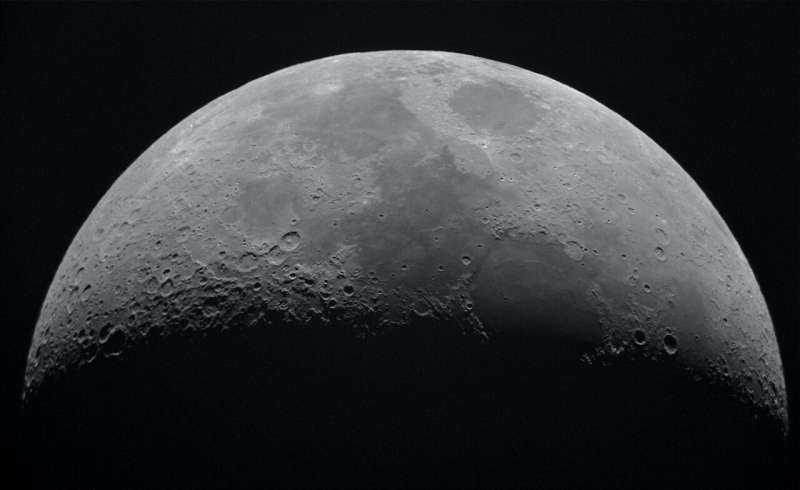In his paper, Gordon documents a feasible strategy where uninterrupted electricity would be produced by photovoltaic (PV) arrays installed around a 360° latitudinal ring close to (but not at) a lunar pole, with transmission lines installed to the O2 plants for which there would then be substantial remote siting flexibility.
"My solution has a specific mass far below all alternatives so far, namely, record low kg/kW, a key figure of merit for affordable and feasible lunar installations, with launch and installation costs currently exceeding $1,000,000/kg. Our new strategy is more than a factor of 100 better than solar with battery storage. It is also at least a factor of 6 superior to the solution now being contemplated by NASA of nuclear reactors driving conventional turbines and generators."
"I was invited to present my findings at NASA's headquarters for solar power in space in August at the Glenn Research Center in Cleveland, Ohio. NASA scientists expressed a preparedness to rethink the plan to power lunar colonies with nuclear energy instead of solar energy," says Gordon.
The concept exploits the unique combination of (a) the absence of a lunar atmosphere, (b) the near-zero tilt of the moon's polar axis with respect to the ecliptic plane, (c) lunar conditions being amenable to low-mass inexpensive transmission lines, and (d) a lunar diameter far smaller than that of Earth.
More information: Jeffrey M. Gordon, Uninterrupted photovoltaic power for lunar colonization without the need for storage, Renewable Energy (2022). DOI: 10.1016/j.renene.2022.02.016
Journal information:Renewable Energy
Provided by Ben-Gurion University of the Negev



